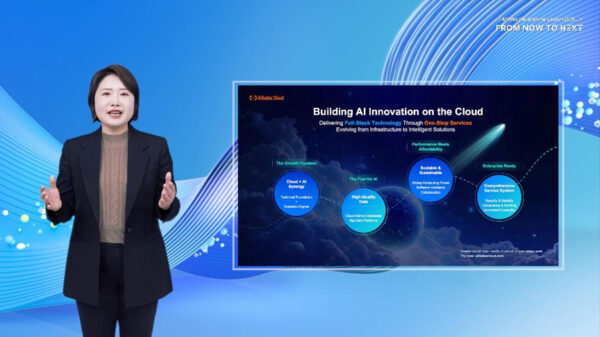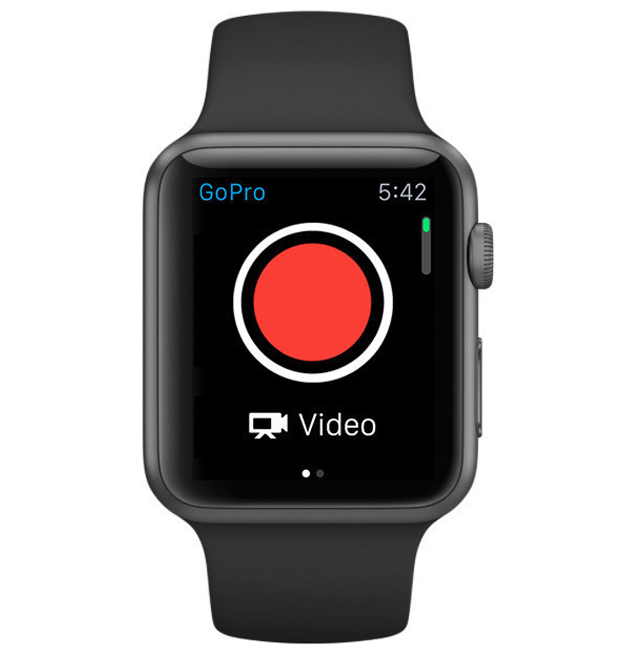 By Jeremy Burton
By Jeremy Burton
President, Products & Marketing
EMC
It’s that time of year again, where we look ahead to determine what tech trends will make the most significant impact in 2016. From my view data analytics and our digital way of life will increasingly transform the world and the nature of business. Here are a few ways I see that playing out in the year ahead.
Prediction 1: Digital Business Makes Its Way To The Corner Office
The C-suite increasingly understands the value of digital business and the data it produces, but they have yet to bring new executives permanently into the room to drive a digital agenda across their company. That’s about to change. Increasingly Chief Digital Officer’s will be appointed and tasked with utilizing the latest and greatest technology to make products smarter and create frictionless service experiences for customers. Data – the digital exhaust that these new capabilities leave behind – will need to analyzed and exploited for competitive advantage. This is not a tech industry phenomenon – it is an “every industry” phenomenon. Yet while the C-suite know it’s good for them, they’ll still grapple with decisions about org charts, duties and turf wars. Should the Chief Digital Officer report to the CEO, the CMO… or the CIO?
Prediction 2: Wearables Win Olympic Gold
Wearable sensors will usher in a new era that will overcome some of the, ahem, hurdles for some sports.
Swimmers already rely on underwater cameras for stroke analysis, but those provide fairly limited insight. Newly developed sensors for that sport will be just one example of how 2016 will be a breakthrough year for athletes to use data analytics to execute peak performance. Companies like Nike – which calls data “the new voice of the athlete” – will aid them in that pursuit as they harness data for innovation, which will be both on display and behind-the- scenes at the Olympic Games like never before. We’ll see sensors integrated into wearables to assess elite athletes across multiple dimensions – from diets and sleep patterns to running styles and optimum body angles – empowering athletes to become masters of their own physical performance. But Usain Bolt is not going to be wearing a Fitbit as he competes: to make an impact, wearables will be tailored to each athlete’s bespoke needs.
Prediction 3: Wearables Won’t Equal Personalized Medicine, Yet.
Despite the hype generated by Jawbones and Fitbits, wearables won’t make a widespread impact on personal health next year. For wearables to deliver on the promise of personalized medicine, healthcare professionals will need direct access to the data they generate about their patients so that time isn’t wasted when early warning signs surface. Will device makers and physicians connect to build out the needed back-end? Will consumers want to grant this type of continuous access to their biometric data? In my view, the cultural hurdle is the bigger barrier than the technology, but neither will be addressed to make personalized medicine a reality in 2016.
Prediction 4: The Dark Web: A Tool for Criminals in 2015, a Source of Security in 2016
In 2015, pop culture fed the legend of the dark web – the steamy digital back alley where criminals sell their illicit goods and occasionally order hit men. Digitally speaking, the dark web is the dark web because it is not indexed by search engines. But that will change – not so it can be searched by you or me (it’ll stay very dark), but so that the dark web will actually turn into a tool for the good guys. Counterintuitive? Let me explain: most companies now understand that for security breaches it is not a question of if, but when. With this accepted, companies will embrace technology that minimizes risk. How? By looking for data in the place data goes after it’s been stolen: the dark web. Software-driven tools that trawl the dark web as a means to identify stolen info will propagate in 2016. Eventually, use of these tools will reduce the amount of time security breaches last, while increasing the perishability of the data stolen. In doing so, companies will be able to take corrective action much more quickly to protect customers than they can today – all by using the dark web itself.
Prediction 5: VR Will Bring the Stadium to Your Living Room
Already you can buy a cheap set of VR goggles to clip onto your smartphone, but who does that? No one – ah, ok, maybe a couple of you. But that’s not the point. This is: Innovation in virtual- and augmented-reality technology will quicken, with entertainment leading the way.
Imagine going to a rock concert where you can have a front row view of the stage and a backstage pass – without ever leaving your living room. Led by Facebook introducing Rift, consumers will get their hands on high quality VR. And sports leagues and entertainers – with their eyes on turning an 80,000 seat stadium into an 800,000 seat one – will seek to transform digitally to take advantage of this in order to leap ahead. Sports teams and major touring acts will offer the first of a set of totally immersive experiences – a 360 degree view from inside an F1 cockpit, a front row seat to U2 – that you can fully experience without getting off your couch. Except to dance. Or brace for impact.
While I still think VR live streaming will take more time than 2016 offers, these first offers will start to get people hooked. There’s plenty of incentive. It’s a $4.5 billion opportunity for sports and entertainment brands and it’s a way for everyone else to avoid paying $15 for hot dogs and $100 for parking.
Prediction 6: Software Eats The Car
For a couple of years now I’ve been talking about how electric power is not the most interesting new innovation in the automotive industry – software is, and specifically, automation through software. The mighty German and Japanese automakers are in a race unlike anything they’ve ever seen before – a race to do to the car what Apple did to the phone. Having spent time playing with Tesla’s new ‘Autopilot’ feature on my recent drive down Highway 101 to Carmel I’m convinced more than ever that every car will go this way – and the pace will accelerate dramatically in 2016. And I don’t just mean a self-driving car… but a car that connects to your Wi-Fi when you pull into your garage, a car that is continuously updated with new features, a car that becomes much smarter about you every time you drive it, a car that predicts your needs before you need them. All of this is enabled by software … and analytics on the data that software collects. In the next 10 years half the automakers we know today will be gone – eaten by software.











































































































